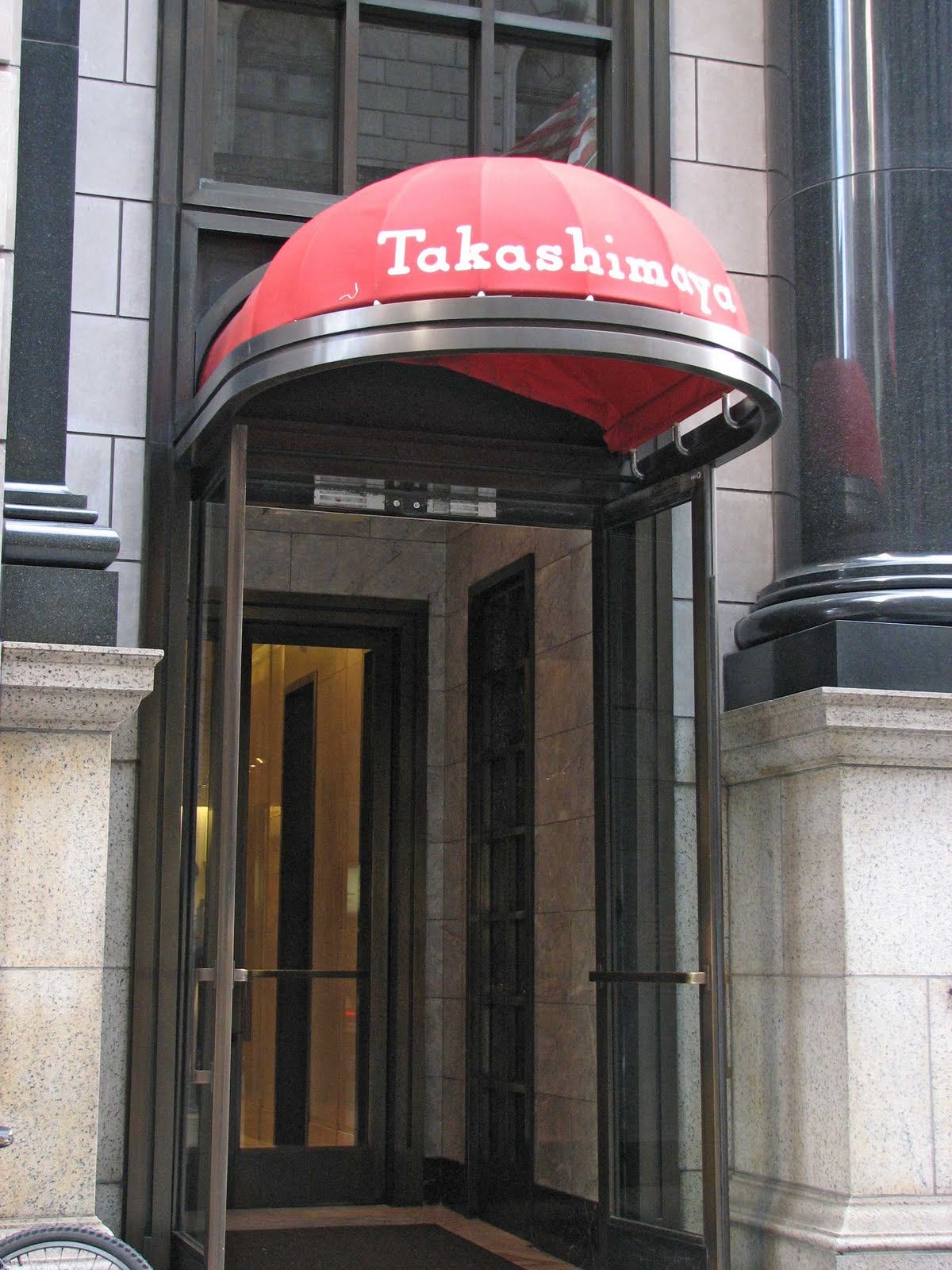
Care.
Care is one of the simplest words in the English language. We all use the word every day.
The definitions are pretty straightforward:
the provision of what is necessary for the health, welfare, maintenance, and protection of someone or something.
feel concern or interest; attach importance to something.
serious attention or consideration applied to doing something correctly or to avoid damage or risk.
Care is an approach to someone, something, or some activity that is distinguished from a more casual way of interacting.
What does it mean to have an “approach” to something?
Think of it this way. You have two rings: a diamond ring you bought as a treat for yourself, and a costume jewelry ring you picked up at a flea market. Clearly, the diamond has more monetary value. The way you interact with that ring is pre-reflectively (unconsciously) different from the way you interact with the flea market ring. Your mindset towards it (which we might use as a synonym for “approach”) is likely to show a greater degree of attention, concern, or protection (“care”) than to the costume jewelry ring.
Every object…every thing…in our lives is treated with some degree of care. Some objects are “precious,” and receive a great deal of attention. Others are “insignificant,” and get very little. We (unconsciously, again) “invest” our “concern” in objects depending on their importance to us. If the costume jewelry ring had belonged to a relative, friend, or celebrity, chances are we would invest greater care in it than we would if it were merely a trinket. Think of all the things that are hidden away in the back corners of drawers somewhere that regularly receive pretty much zero attention or care. They are essentially insignificant.
Not so with favorites.
By definition, we approach our favorite things with greater care than other things. This does not necessarily mean that we spend more time with them, or touch them more often. Care is a psychological/emotional connection. We invest care in things that are important to us, things we would miss if they were gone. Think about the last time you moved from one home to another. What were the things that you absolutely made sure would safely make the move? How did you treat them? You probably put some of them in boxes labeled, “Handle With Care.”
That picture at the top of this post is the entrance to the now-closed Takashimaya department store in New York. Takashimaya was an extraordinary retail environment. More than a decade after its closing, I still remember vividly the experience of walking through floor after floor of impeccable merchandise. Each item was treated with exquisite care. I imagine its twelve remaining stores are similarly impressive.
It’s hard to capture the experience of seeing thousands of items…from the most mundane piece of fruit in the café to an irreplaceable antique lacquered box…selected, grouped, maintained, and described by salespeople in a deeply caring manner. It was as if every item was someone’s favorite thing. It was the most beautiful store I had ever seen. All that care made the environment feel like a special place. Karen and I often spent hours just admiring the amazing display of care that the store reflected.
Look around your immediate surroundings. Chances are you will see any number of things…some of which you care little about, others a lot. Your eyes will guide you toward the things you love…the things you care about most.
What distinguishes them? What do the things you care about a great deal have in common? The answer is most often an ineffable quality that permeates the object…a biography…a story…that makes it part of the web of relationships that forms between you and your objects. A French philosopher once called this “the invisible lining of the visible.”
Reflecting on the things each of us cares about is a path toward discovering our overall approach to the world. Caring for things is a fluid, dynamic relationship that ebbs and flows over time. Things we cared about a great deal at one point in our lives fade in importance at other times. We’re often puzzled about what made this thing worthy of being carried through life. The change is a consequence, a reflection of changes in our lives. Noticing the dynamic changes in our relationships with objects is an interesting way to understand the bigger changes we are going through in life. Often, understanding ourselves is easier when looking outward at how the world presents itself to us than by trying to directly reflect on our thoughts and feelings.
Exploring our relationships with our favorite things is a great starting point.



Great read. Thanks for caring.